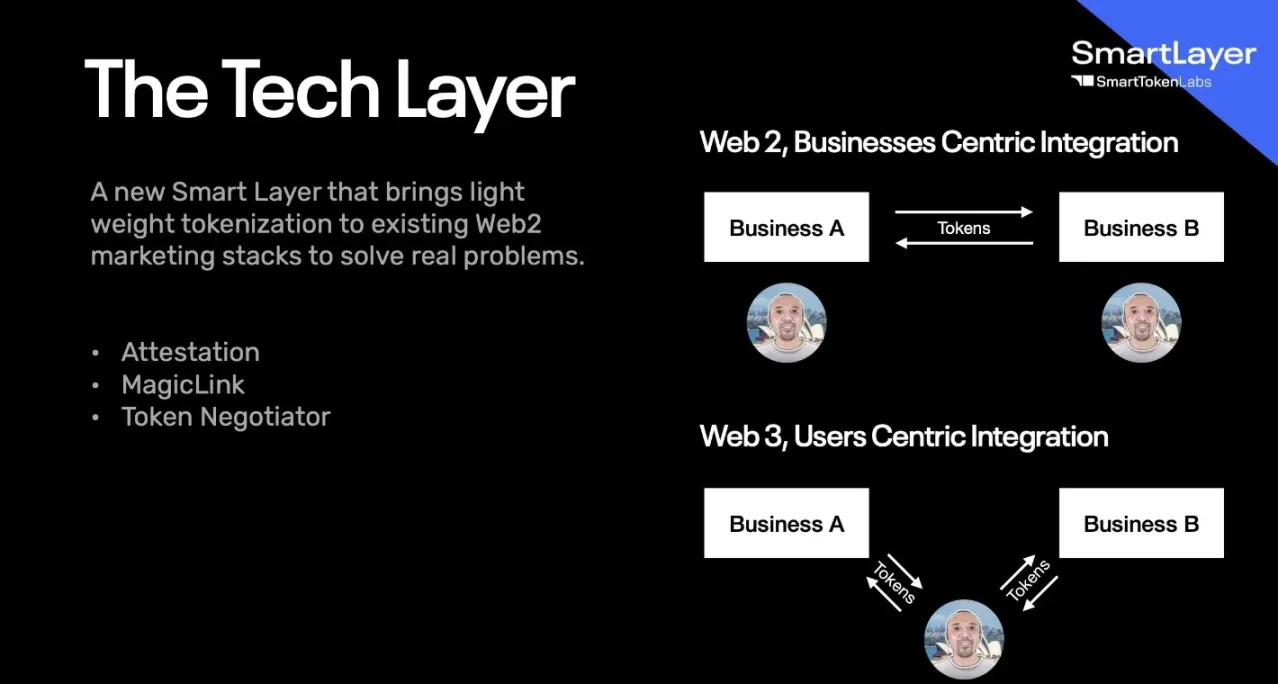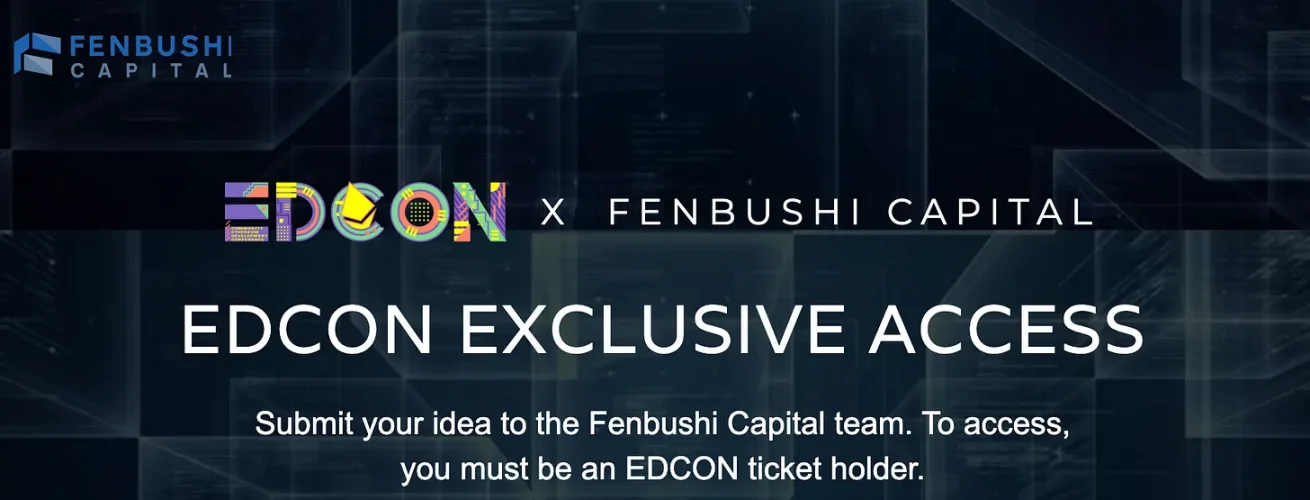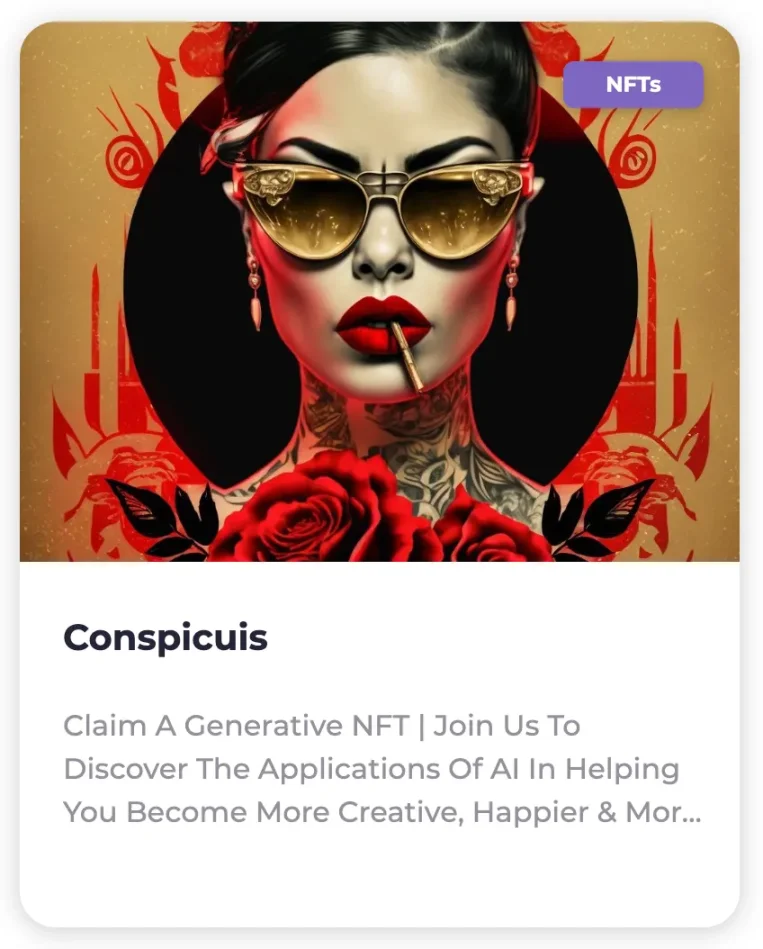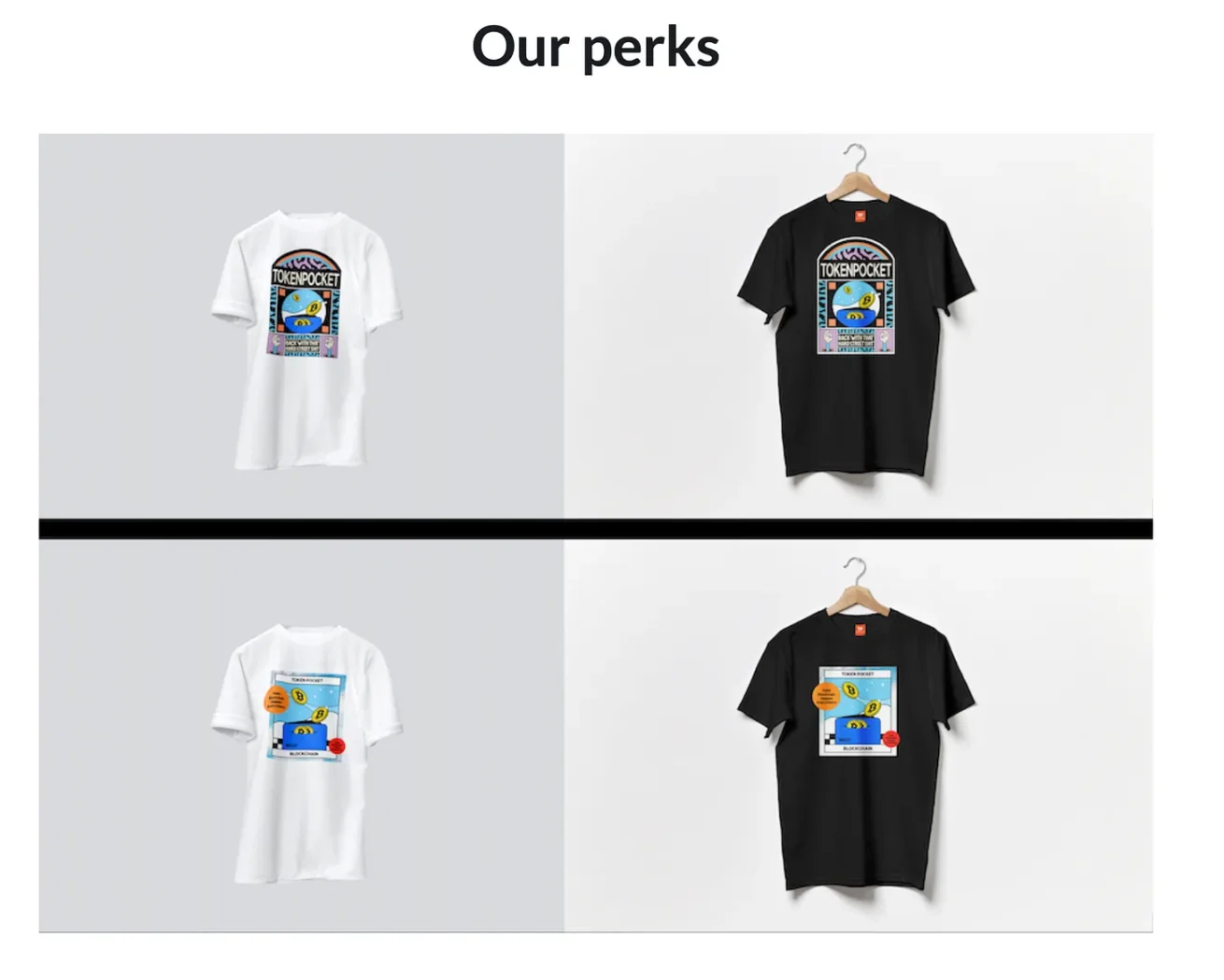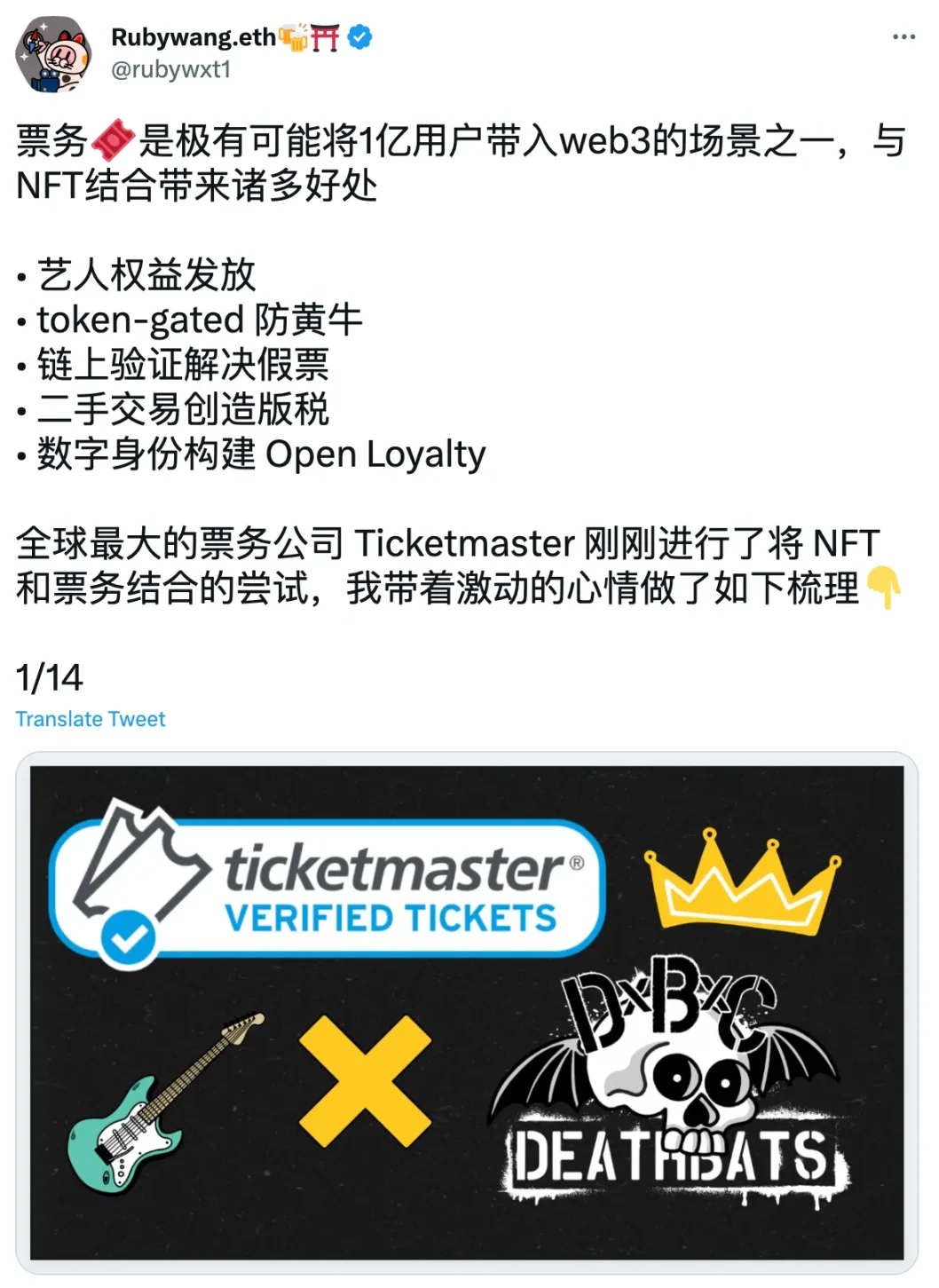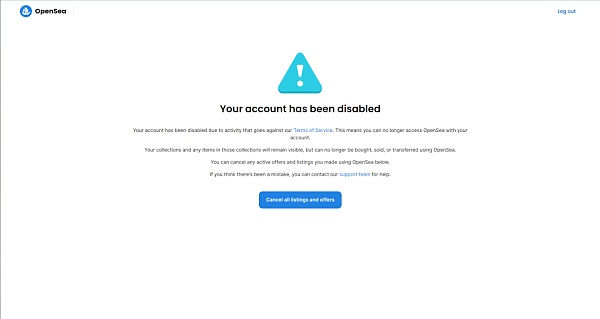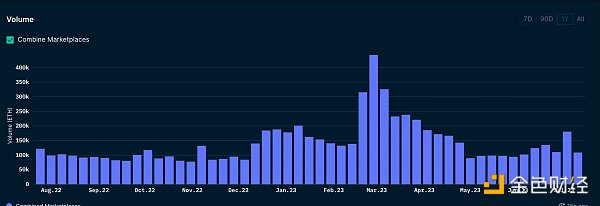How to achieve zero-cost and permissionless benefits through off-chain NFT?
How to get free and open benefits through off-chain NFTs?One of the key aspects of building the next generation of the internet based on personal ownership and data is permissionlessness. Written by Starzq and Ruby Wang. In recent markets, many builders and VCs have asked, “What else can Web3 do besides speculation?” Back to Basics, ownership has always been at the core of Web3, building the next generation of the internet based on personal ownership and data. One of the key features is permissionlessness. In the financial sector, smart contracts enable permissionless issuance, and Uniswap pioneered permissionless trading. In the larger consumer field, many projects and brands are exploring permissionless perks, building user-side integrated, permissionless benefits, including well-known Web3 Native IP BAYC and Azuki, as well as Web2 consumer brands Starbucks, Adidas and Nike. During the summer conference season, if you attend offline Web3 gatherings, whether it’s NFT community events or developer conferences, you can unlock such flexible and efficient user-side integrated experiences. You can also feel that tokens have another possibility in real-life and consumer application scenarios besides being transaction targets.
1. Background
When the last wave of strong financial users entered, creating decentralized wallets and on-chain acceptance was acceptable, after all, opening accounts and KYC in the Web2 world was more cumbersome. Web3 wants to achieve mass adoption, and consumer users are definitely the main force. But for consumer attribute users, the usage cost in the Web2 world is close to zero. Do they really need such “expensive” user interaction and on-chain storage to come to Web3?
We break it down into 3 questions👇
- What are the benefits of Web3 for consumer attribute users?
- Which parts can be off-chain?
- When is on-chain necessary?
On this issue, Smart Token Labs (hereinafter referred to as STL), which has been established for 7 years, has been exploring and has given its own answer:
- Stablecoins: Not a Replacement for Banks, but a New Disruptor
- Flashbots: Restraining all parties, committed to thoroughly decentralizing MEV
- MEME Coin: From Internet Meme to a Market Cap of Over One Billion, What’s Behind the Power?
- Web3 can truly achieve user-side integration, build privileged platforms around their own ownership and identity, and open up greater open loyalty space for brands
- For the verification of the use scenario of rights and interests, off-chain can solve it: use cryptographic technologies such as attestation to achieve off-chain tokenization and reduce user usage thresholds
- When on-chain conversion is required: when rights and assets need to be transferred.
Based on these three answers, Smart Token Labs has created a Smart Layer that integrates on-chain and off-chain elements, allowing users to obtain identity-based benefits through URL verification of off-chain NFTs without the need for a wallet or gas costs. This also opens up greater Open Loyalty opportunities for brands.
For example, at this week’s Ethereum EDCON 2023 held in Montenegro from 5.19-5.23, attendees can experience unlicensed benefits provided by the organizing team in collaboration with STL. By independently verifying ticket ownership, attendees can receive various privileges provided by third parties on the conference website platform and offline.
2. Open Loyalty Integration with User End
What is User End Integration
The concept of “integration” is probably not unfamiliar to those who understand brand members or user-side services on Internet platforms. For example, introducing third-party payment services in an e-commerce website so that users can complete payments directly on the website is called “third-party integration.”
In Web2 or traditional business world, this integration is mainly achieved through third-party APIs, and user data and permissions are stored in centralized servers. The biggest obstacle here is that due to development and business capabilities, the number of brands that can develop and access APIs is limited, and user choices are also limited, not to mention the issue of data privacy.
The way of web3 user-end integration is to process the user information originally enclosed in the centralized database into cryptographic tokens that the user can control and use, and then use the tokens as integration points to access various third-party services.
Taking EDCON as an example again: when a user purchases a ticket, this information was originally enclosed in the EDCON ticket system database; now, STL processes this information into an attestation token and gives it to the user. Functions that originally required EDCON’s ticketing system to integrate with many third parties can now be easily implemented. Users can prove to all conference-related service providers that they are EDCON ticket buyers and obtain corresponding benefits, and choose suitable service providers based on their own needs, without worrying about the disturbance of contact data leakage such as email.
User-end integration truly makes the user the center and builds a privilege platform around their own ownership and identity.
How does Open Loyalty System Implementation Work
“Our members can get cool stuff because you can treat them like your own members”
– STL CMO Brent Annells
Tokenization enables the proof of assets (rights) to be completed by users themselves, without the need for the original issuer to participate. A brand A can verify a user’s assets (rights) in brand B without the need for cooperation and system integration with brand B, eliminating the negotiation of cooperation and data exchange. @Starzq previously mentioned that when membership data is put on the chain, a business paradigm shift will occur. Brands will shift from pull to push to obtain users, and value will return to users while brands need to learn new ways to talk to users.
For Open Loyalty, you can refer to another article by web3brand with three interesting cases mentioned: Open Loyalty, the next new narrative of NFT market.
This paradigm shift is particularly applicable to event and ticketing scenarios:
Since users participating in EDCON are both core blockchain builders and will stay and consume in Montenegro, exhibitors, VCs and restaurants in Montenegro can accurately attract users based on the user identity of holding tickets for the conference.
“Attendees will receive at least 25 perks, from free minting capabilities for EDCON’s peripheral product Cool Cat, to the opportunity to get 50 ‘Njegusi Prosciutto’ from one of the famous local Montenegrin restaurants.” Sky Harris, the market manager of Ethereum University, the co-organizer of EDCON, believes that “unauthorized perks” are a good way to create additional value for attendees.
User-side integration + open membership system = unauthorized perks
Therefore, based on the Permissionless Perks platform deployed by STL for conference attendees’ benefits, users can freely use their verifiable information to directly contact benefit providers without intermediaries, improving the conference experience. Brands and service providers attract accurate users (verified attendees) and create value for them, while also greatly reducing the communication and cooperation burden of event organizers, improving communication efficiency.
Referring to the experience of the previous Devcon in Bogotá, Permission Perks increased the participation rate to 58%, which is twice the industry average.
3. Experience Path of No-permission Welfare Platform
I tried the experience of all parties and found it quite concise and clear.
If you are an attendee
Attendees will receive their tickets in URL format via EDCON email, which will lead them to the no-permission welfare page, without logging in or connecting to a wallet, or directly accessing the official website https://www.edcon.io/perks, where they can browse and receive various entitlements from VC priority contacts to project Merch. It’s a bit like going to various offline booths with a conference pass and checking in, now with a seamless online experience.
You can also refer to this Twitter thread for more information: TokenScript by Smart Token Labs on Twitter
Some examples of exchangeable perks: from NFTs, merch to VC contacts
If you are an event organizer
Collaboration has become very simple, as any third party can enhance the conference by connecting to the “no-permission welfare” platform itself to provide benefits to event participants; organizers do not need to interface with multi-end data, and a service-oriented market based on unique member identities can be quickly created around each event. At the same time, the proof of ticket ownership Token is stored in the local browser for seamless integration with EDCON’s welfare provider website. Verification occurs between ticket holders and welfare providers, not involving event organizers, and benefits can be long-term.
The “no-permission welfare” platform plans to connect approximately 12,000 conference participants through cooperation with Ethereum conferences in 2023-2024.
4. Imagination of future event organization and brand equity distribution
Although still in its early stages, I believe that the experience and efficiency improvements brought about by the integration of user-side and open membership systems (Open Loyalty) will gradually penetrate into activity organization and daily consumption. I summarize my three thoughts on this trend:
Even small brands and individuals can build their own ecosystem based on themselves
What used to require a certain amount of technical resources and could only be achieved by large companies connecting with multiple parties to implement membership benefits platforms, now solutions are available that make it possible for individual creators or core users of independent brand operations. With the maturity of tools, more of the business operation entities (brands, creators, event organizers) need to be onboarded, after all, the future relationship is based more on the direct contact between the operation entity and the user to enhance the overall consumer experience.
I also mentioned in the previous A7X band ticketing case that the key to success is for creators to control the experience given to fans and community operations.
https://twitter.com/rubywxt1/status/1643040722621464576
This week, well-known cricket player Glenn Maxwell also distributed membership tokens to his fans through STL’s cooperation, which do not require registration of a crypto wallet, to better operate his fan community.
https://twitter.com/TokenScript/status/1658272707832872960
Actively participating users will receive real value
With the accumulation of data, future brand customer acquisition methods will also gradually shift from advertising on intermediary platforms to directly rewarding participation, and finding real users more accurately. User-side integration enables users to define and prove their own identity value through the assets, data, and actions they own, and to obtain more privileges through seamless scenario docking.
Tokenization creates an open market for services and rights
STL CEO Victor Zhang believes that tokenization can efficiently create two markets, one is the token ownership trading market, which makes transactions more efficient; the other is the open integrated service market, which allows product and service providers to compete in a free market (no longer limited to large integration platforms or other user data original producers, they need to provide the verifiable data on which the service is based in the form of tokens in the hands of the user) and have the opportunity to provide better products and services to users through innovation.
Through the open service rights market, web3 will truly enter the realm of consumer and offline scenarios, creating more sustainable user value.
We will continue to update Blocking; if you have any questions or suggestions, please contact us!
Was this article helpful?
93 out of 132 found this helpful
Related articles
- When AI meets blockchain: ushering in a new era of human-machine integration
- What are the recent movements of Crypto VCs? 7 tools to help you easily track
- a16z partner jonlai: the most successful application is the packaged game
- How Blockchain Is Impacting Online Poker
- Blockchain in the annual report of listed companies: a comparative analysis of six state-owned banks
- More than 60 organizations in Europe and the United States jointly developed: Rehabilitation Certificate for New Coronavirus Patients Based on Blockchain
- Blockchain war "epidemic" action (1): big data application
